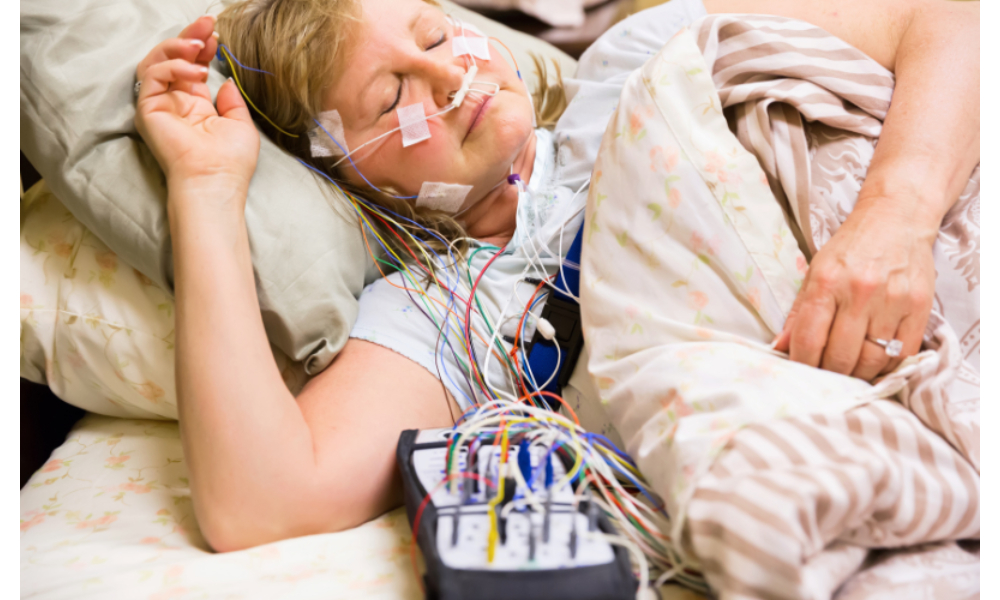Dual diagnosis, also known as co-occurring disorders, refers to the presence of both a substance use disorder (SUD) and a mental health disorder (MHD) in an individual. This complex issue is a growing concern in healthcare, as it presents unique challenges for diagnosis and treatment. In this article, we’ll explore the intricacies of dual diagnosis, its prevalence, the importance of integrated treatment, and the hope it offers to those affected.
Understanding Dual Diagnosis
- Prevalence: Dual diagnosis is surprisingly common. Research indicates that individuals with mental health disorders are more likely to develop substance use disorders, and vice versa. The relationship between these conditions is often bidirectional.
- Shared Risk Factors: Both mental health disorders and substance abuse share common risk factors, including genetic predisposition, trauma, and early exposure to substances.
- Self-Medication: Some individuals with mental health disorders turn to drugs or alcohol as a form of self-medication to alleviate symptoms like anxiety or depression. Unfortunately, this often exacerbates the problem.
- Complex Diagnosis: Dual diagnosis can be challenging to diagnose, as symptoms can overlap and mask each other. This can lead to misdiagnosis or delayed treatment.
Integrated Treatment: The Key to Recovery
Integrated treatment is the gold standard for addressing dual diagnosis. This approach recognizes that treating one disorder while ignoring the other is unlikely to lead to sustained recovery. Here’s why integrated treatment is crucial:
- Holistic Approach: Integrated treatment focuses on the whole person, considering both their mental health and substance abuse issues. It acknowledges that these disorders are interconnected.
- Specialized Care: Treatment teams, including psychiatrists, therapists, and addiction specialists, collaborate to develop a personalized treatment plan that addresses both disorders simultaneously.
- Medication Management: For individuals with co-occurring disorders, medication can play a crucial role. Integrated treatment ensures that psychiatric medications and substance abuse interventions are coordinated and appropriate.
- Therapeutic Modalities: Various therapies, such as cognitive-behavioral therapy (CBT) and dialectical-behavior therapy (DBT), are adapted to address dual diagnosis. These therapies help individuals learn healthy coping strategies.
- Peer Support: Support groups and peer-led programs offer a sense of community and understanding that can be especially beneficial for those with dual diagnoses.
The Hope of Recovery
Recovery from dual diagnosis is possible with the right treatment and support. Here are some key elements of successful recovery:
- Early Intervention: Early diagnosis and intervention are crucial. Identifying co-occurring disorders and starting treatment promptly can prevent the worsening of symptoms.
- Stable Environment: A stable and supportive living environment can significantly aid recovery. This often involves addressing issues like homelessness or domestic instability.
- Personalized Treatment Plans: No two individuals with dual diagnosis are the same. Tailored treatment plans that account for each person’s unique needs and circumstances are more likely to succeed.
- Long-Term Follow-Up: Recovery is an ongoing process. Long-term follow-up and aftercare help individuals maintain their progress and avoid relapse.
- Family Involvement: In many cases, family members play a crucial role in supporting recovery. Family therapy and education can help loved ones understand the challenges faced by those with dual diagnosis.
Breaking the Stigma
One significant barrier to effective dual diagnosis treatment is the stigma associated with both mental health and substance abuse. Many individuals hesitate to seek help due to fear of judgment or discrimination. It’s essential to promote awareness and empathy regarding dual diagnosis and create safe spaces for those seeking assistance.
Conclusion
Dual diagnosis is a complex and challenging issue that affects many individuals. However, with the right diagnosis, integrated treatment, and support, recovery is attainable. By addressing both the mental health and substance abuse components simultaneously, individuals with dual diagnosis can work toward a healthier, more stable, and fulfilling life. Raising awareness, breaking stigma, and promoting early intervention are essential steps toward improving the lives of those with co-occurring disorders and helping them find hope and healing.






